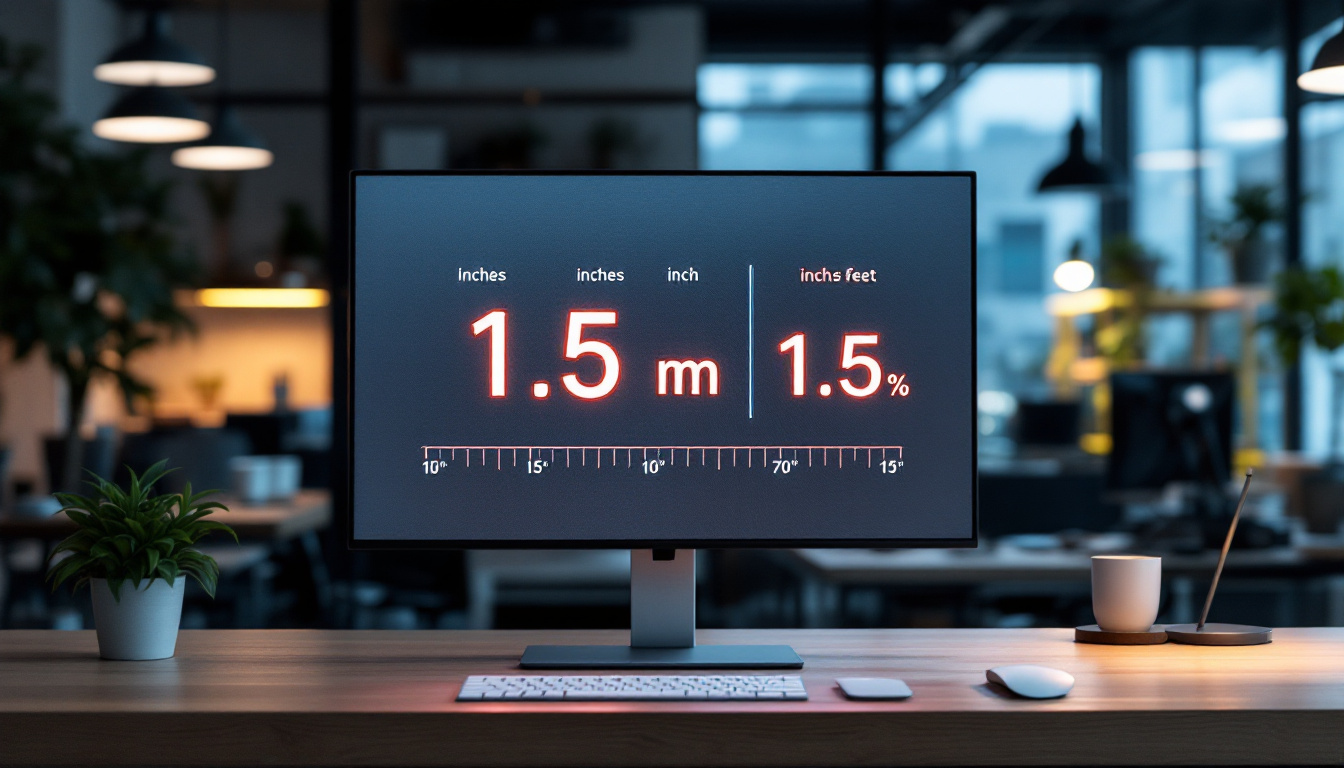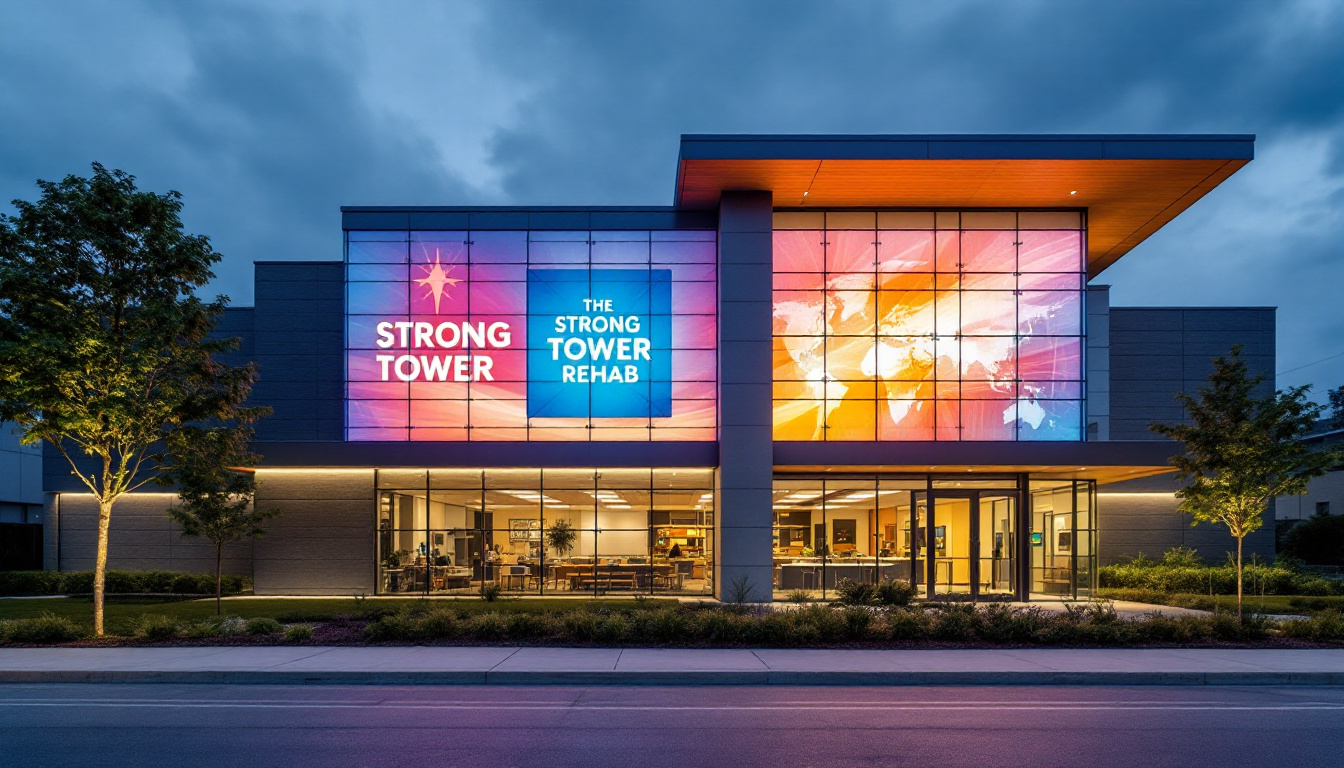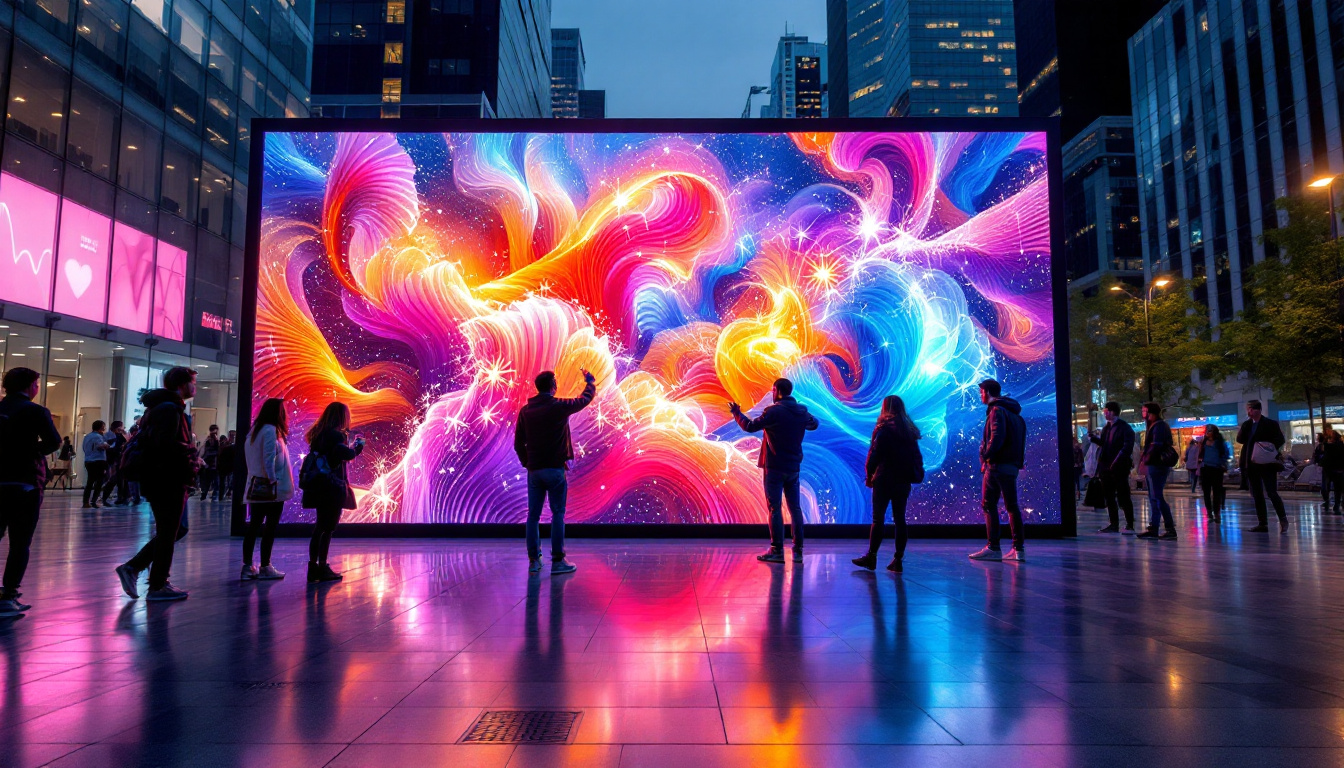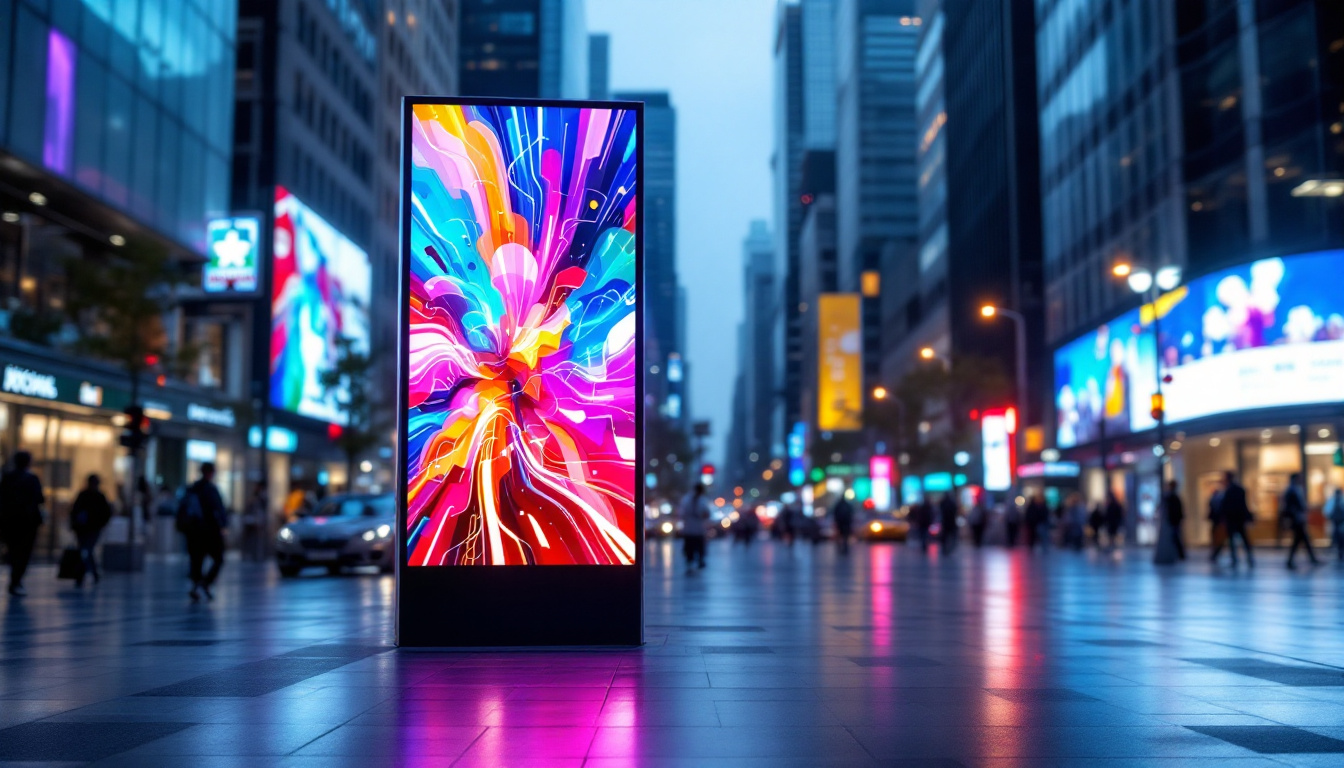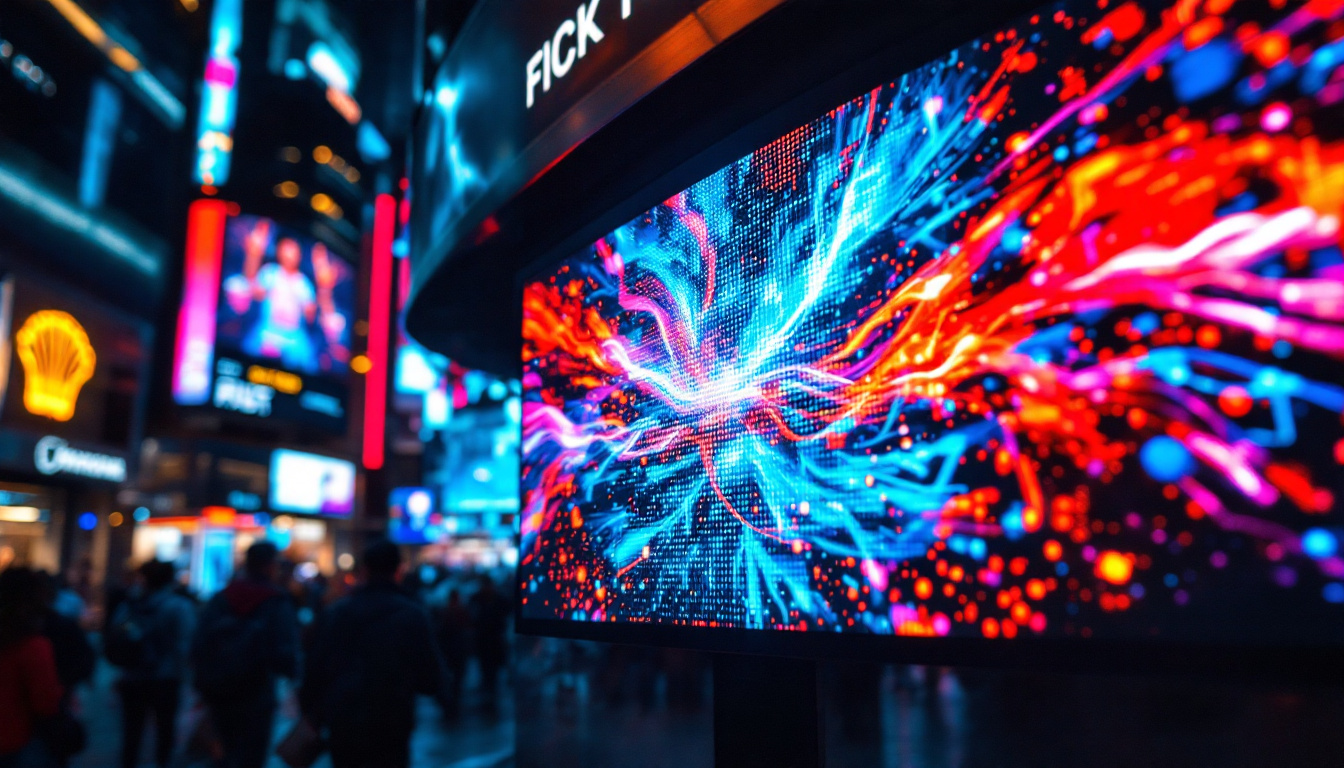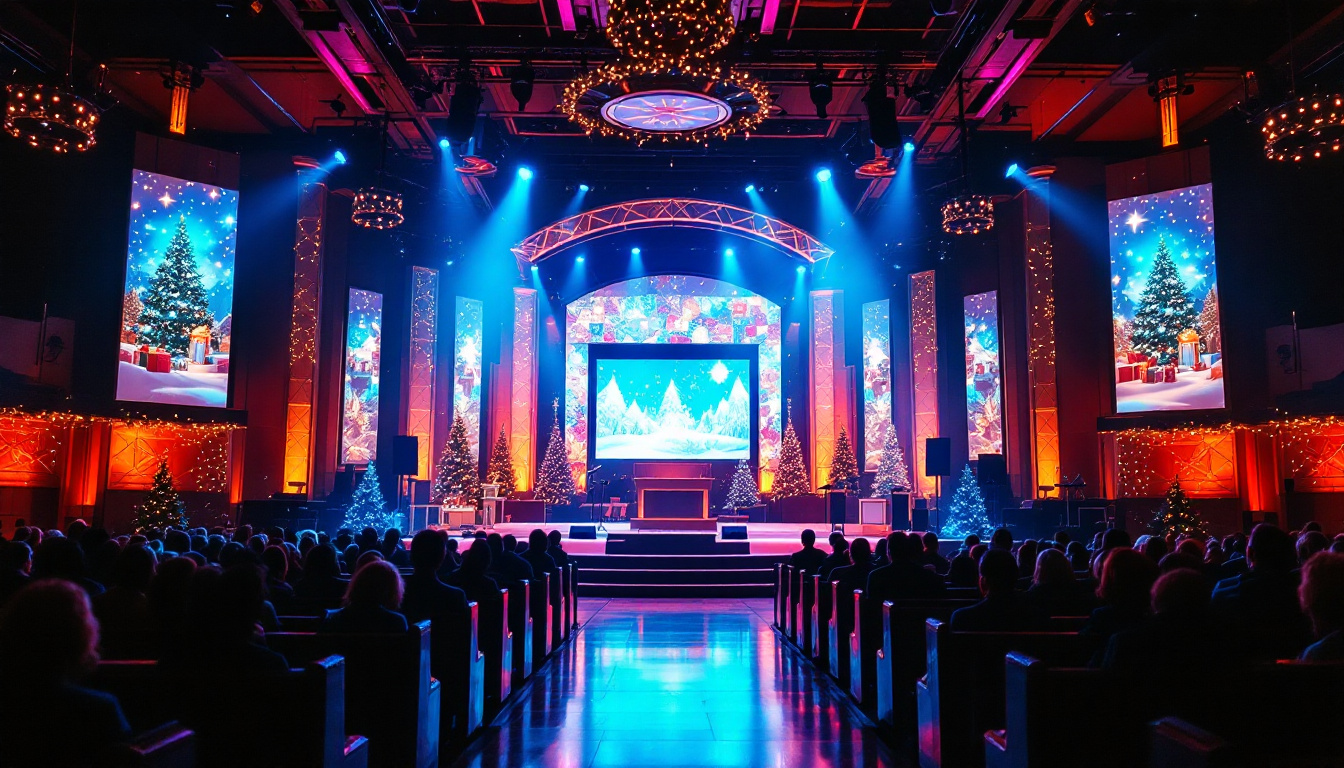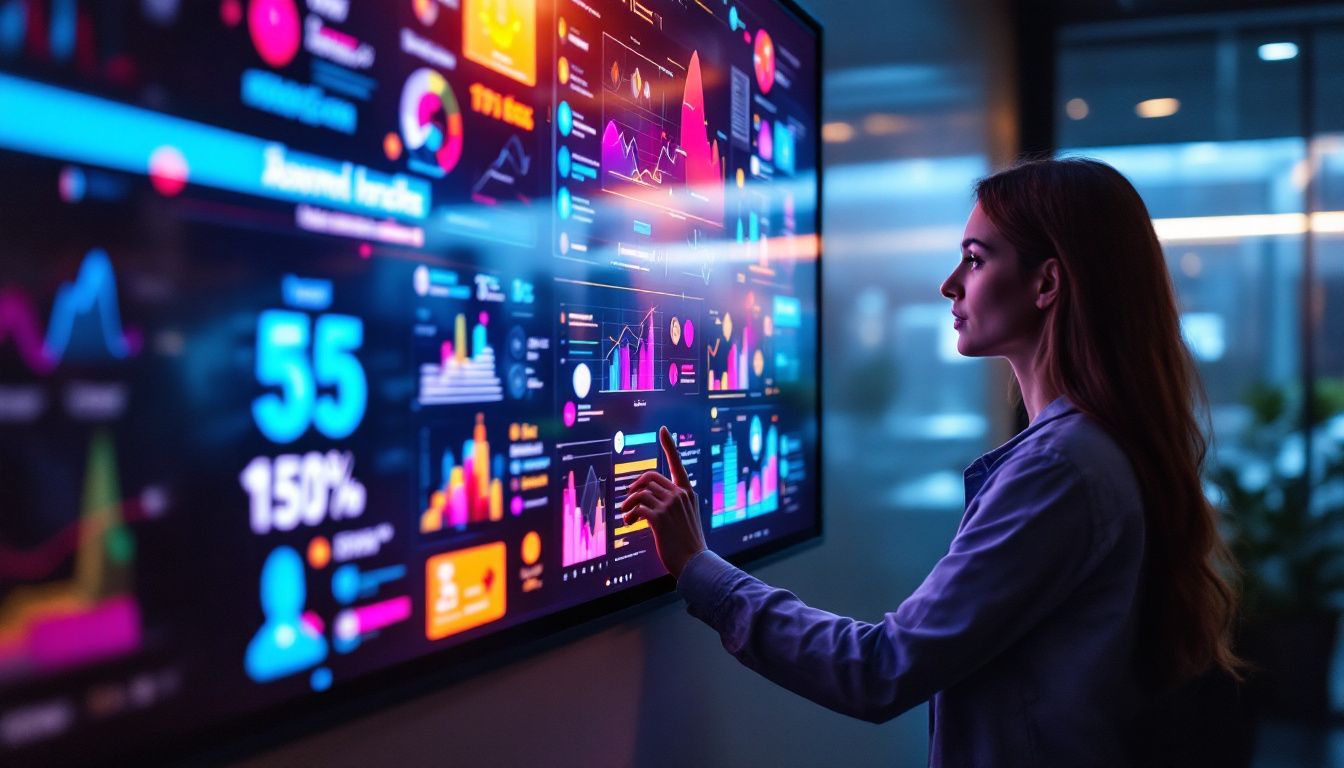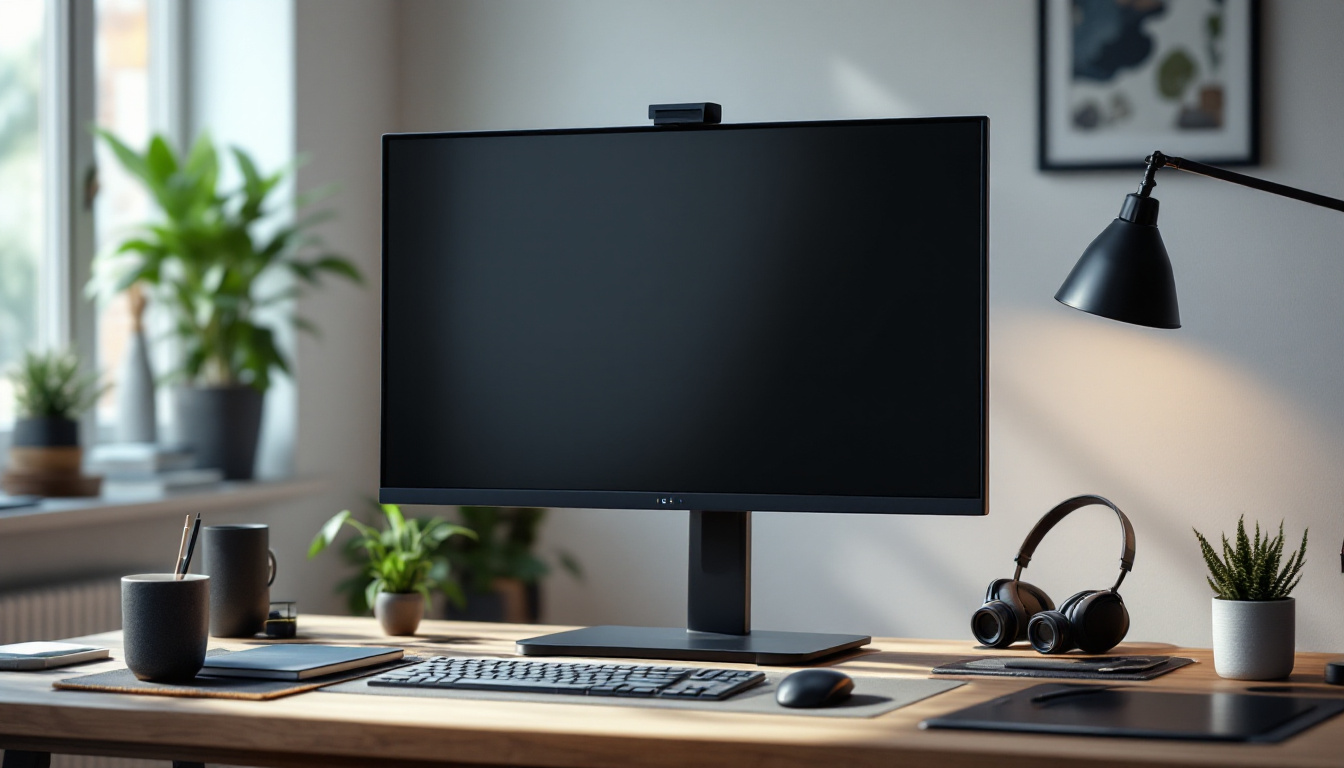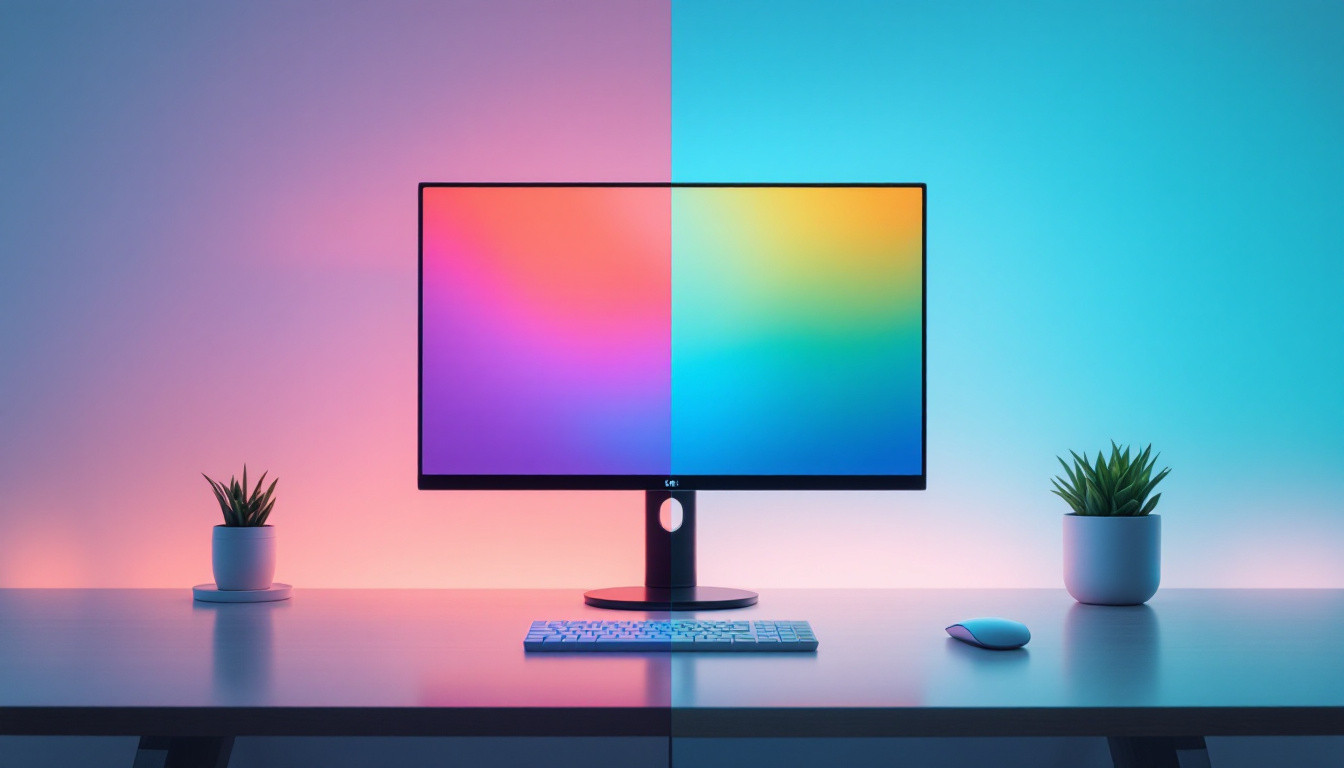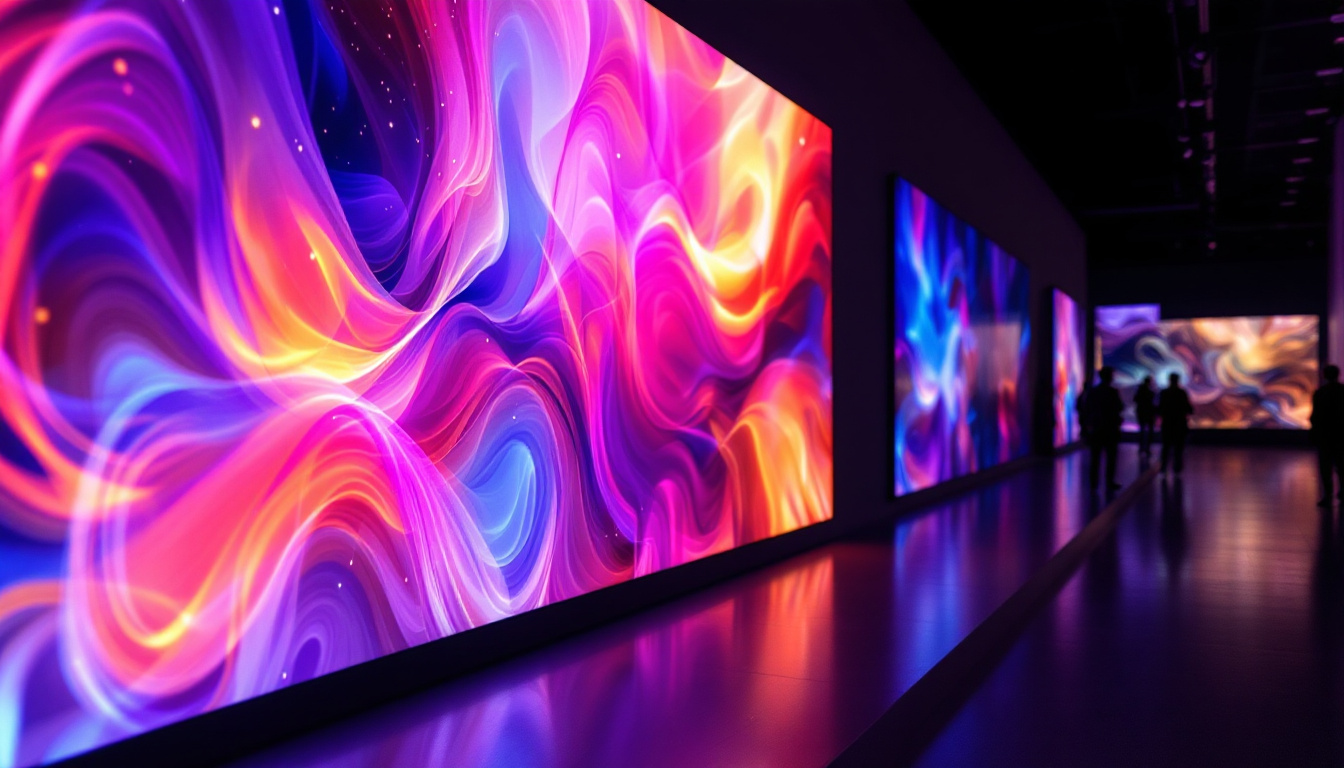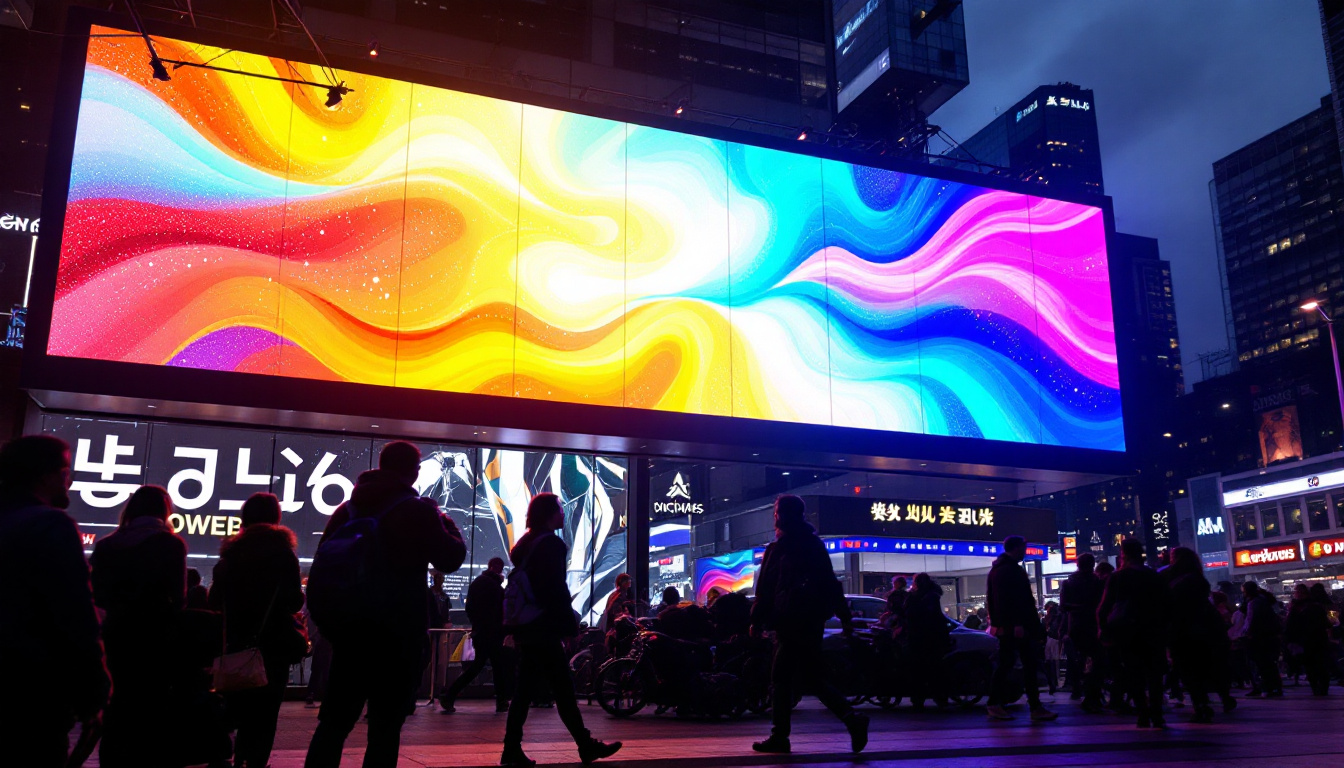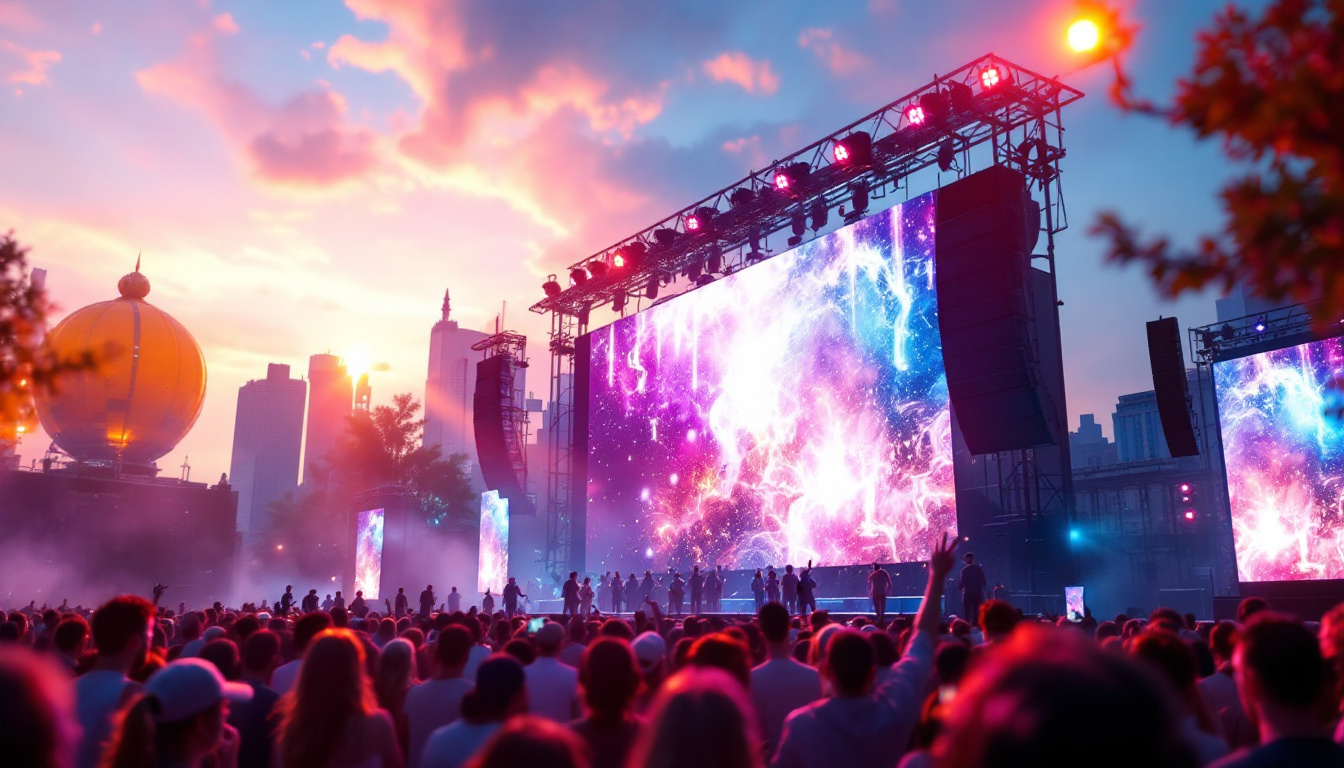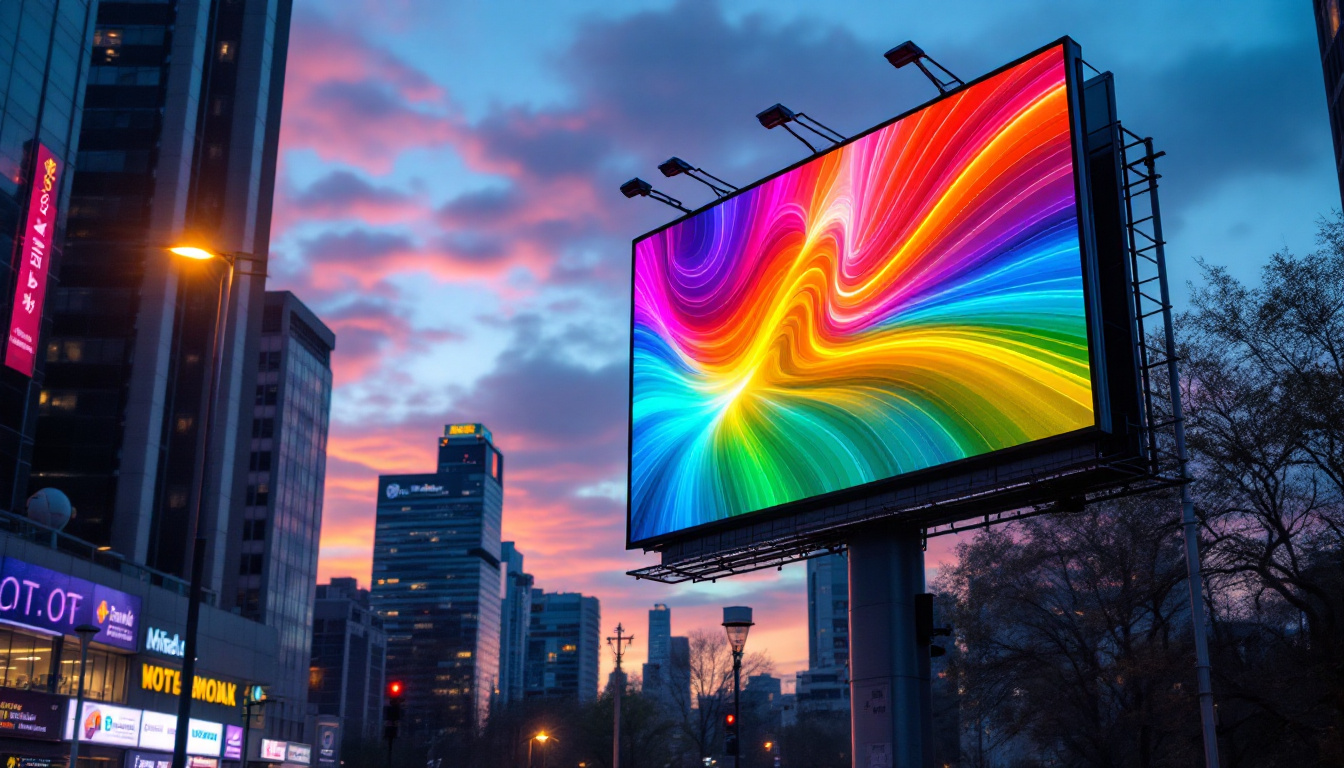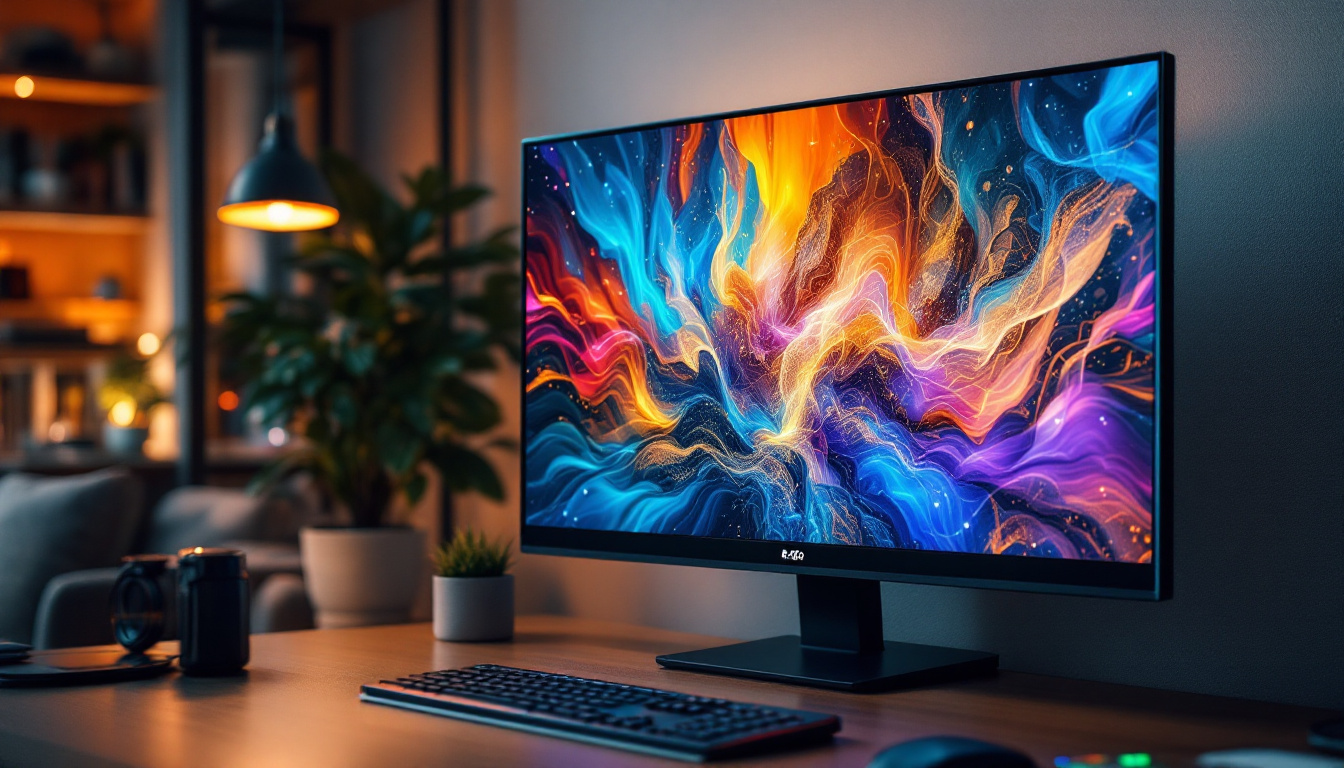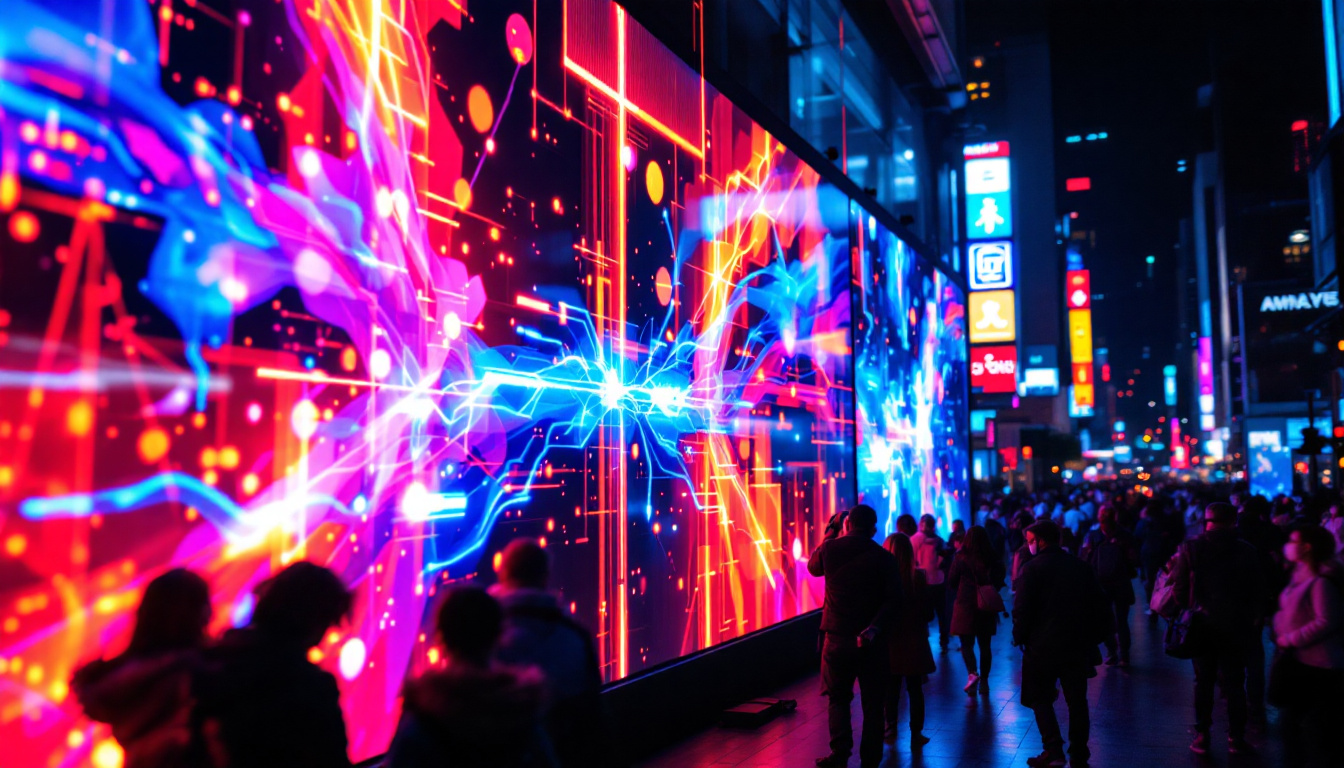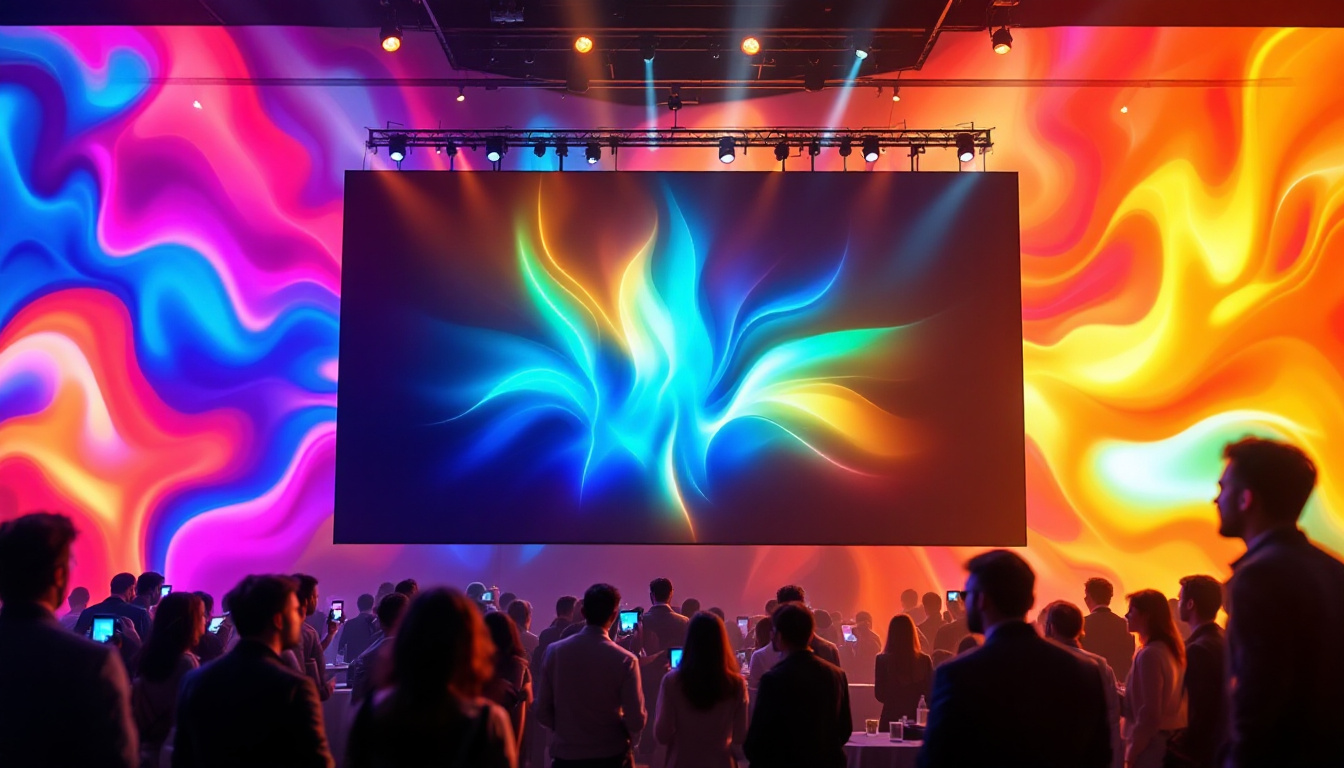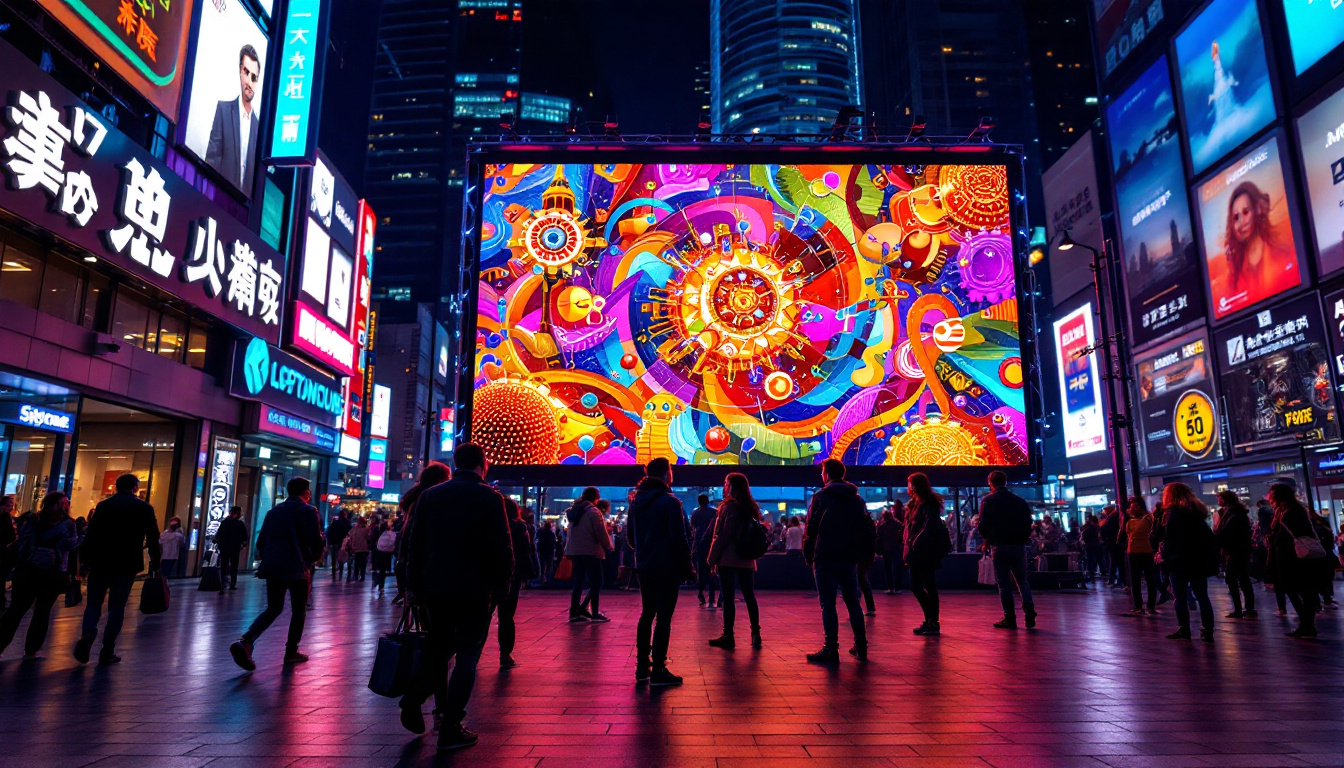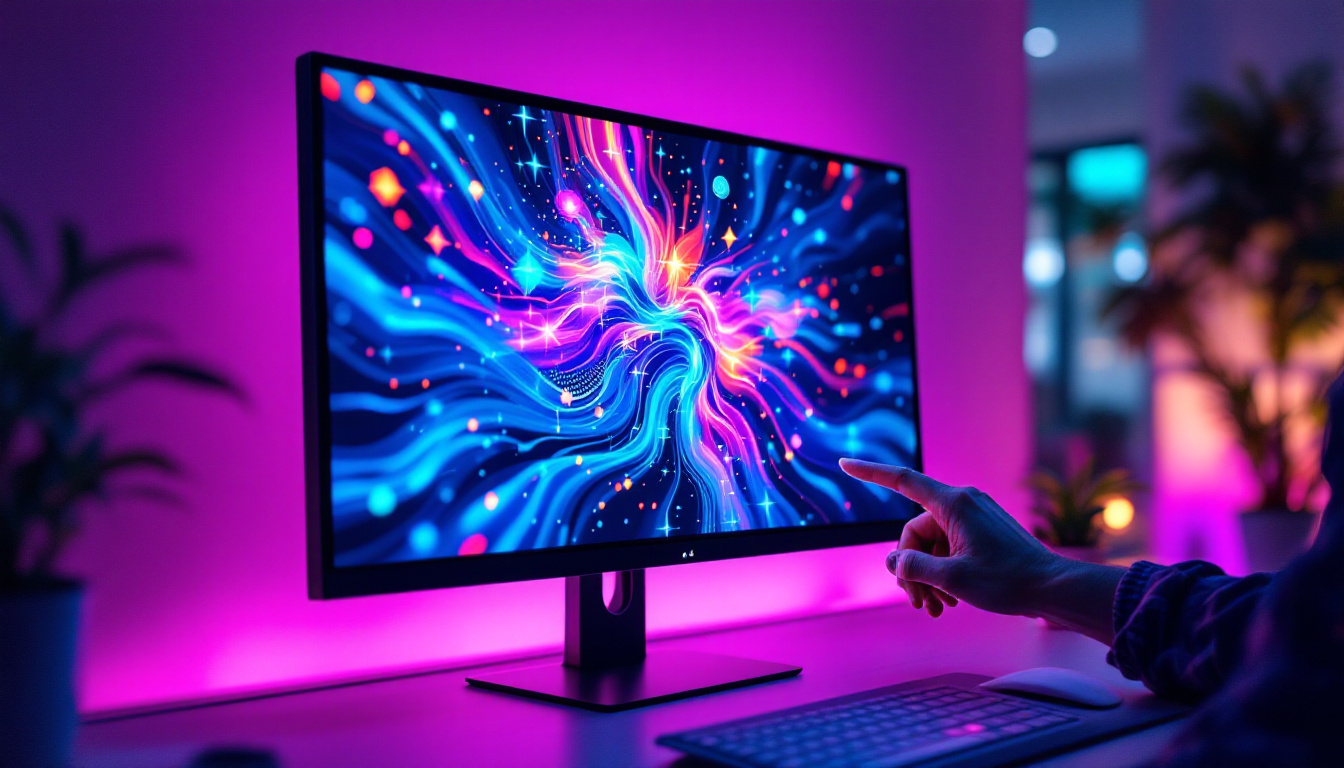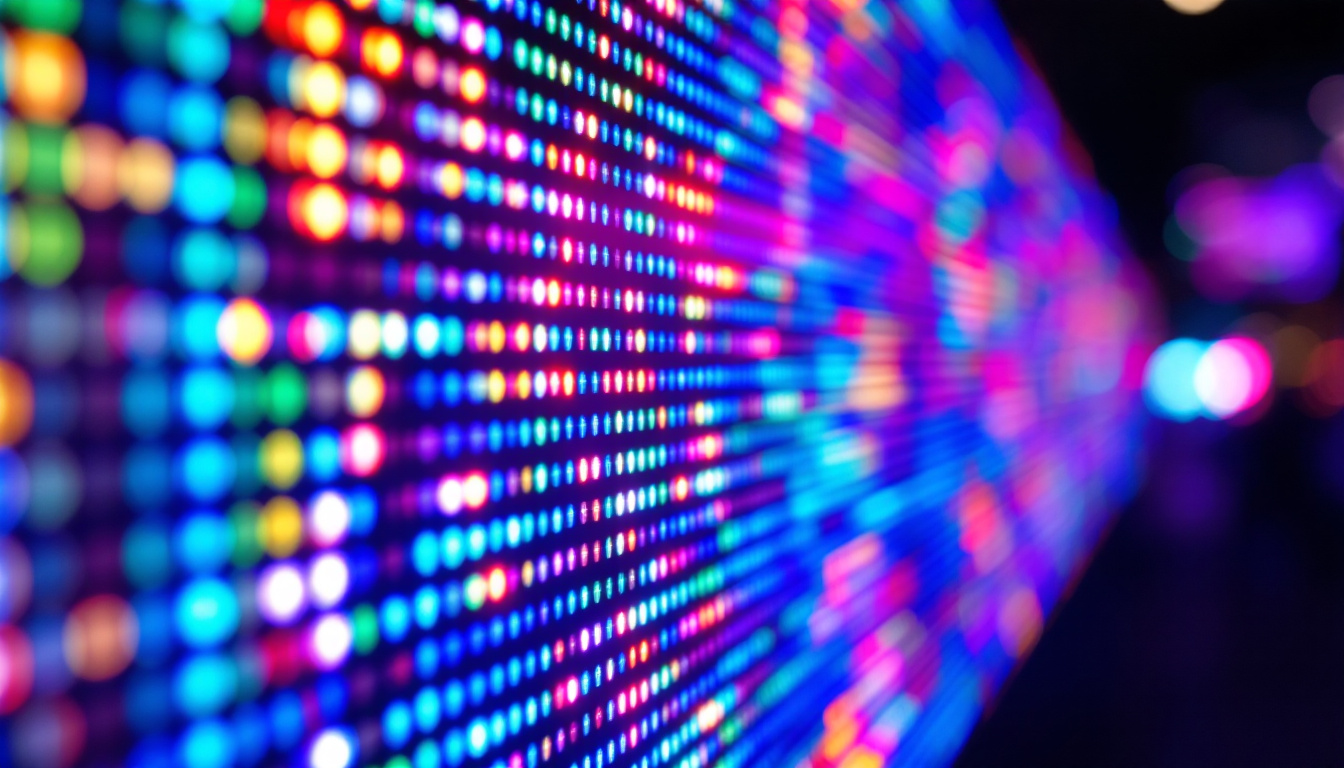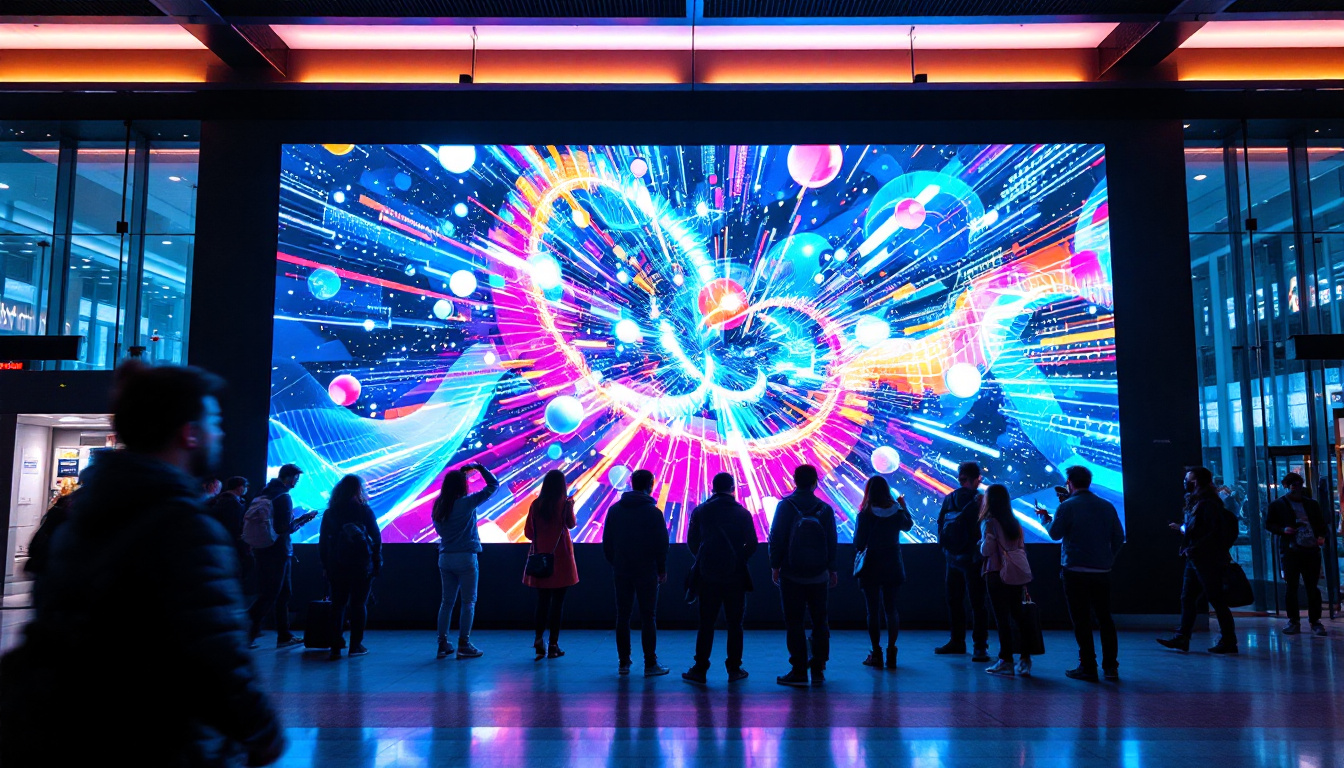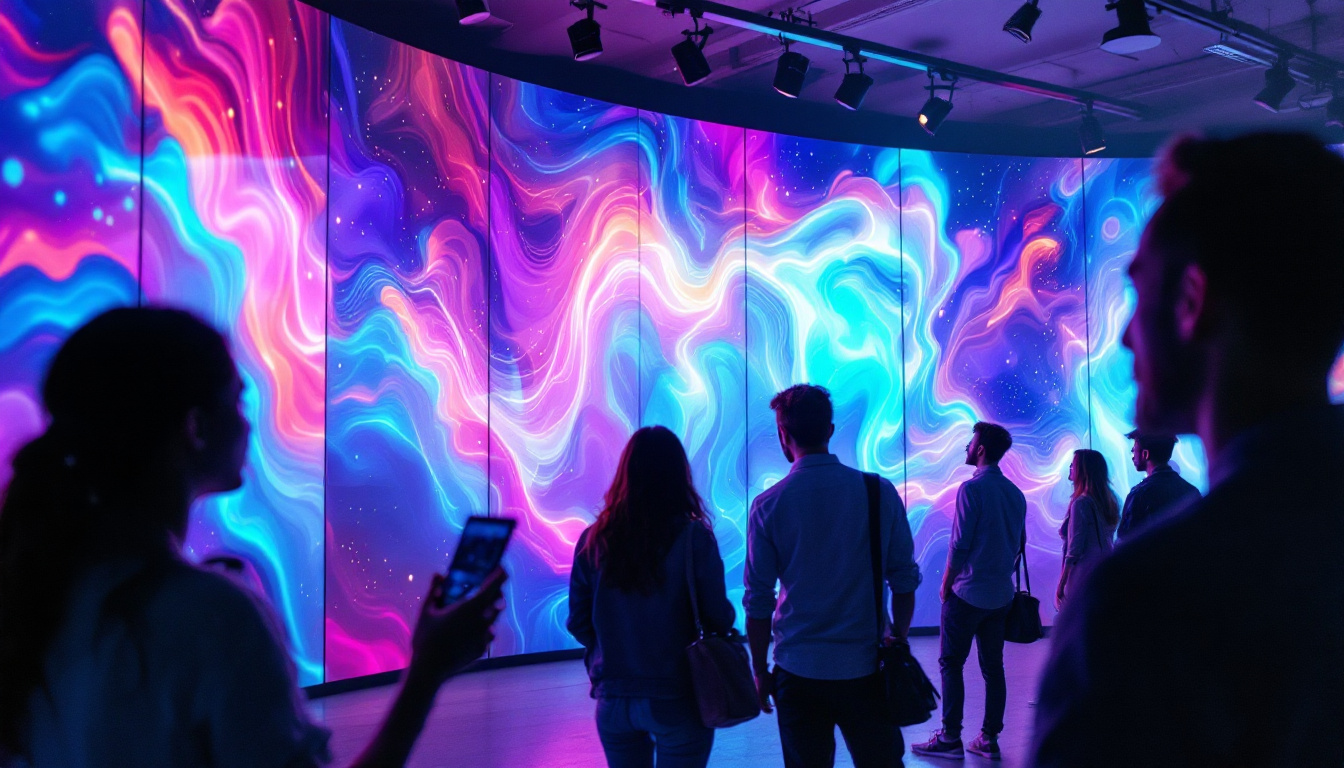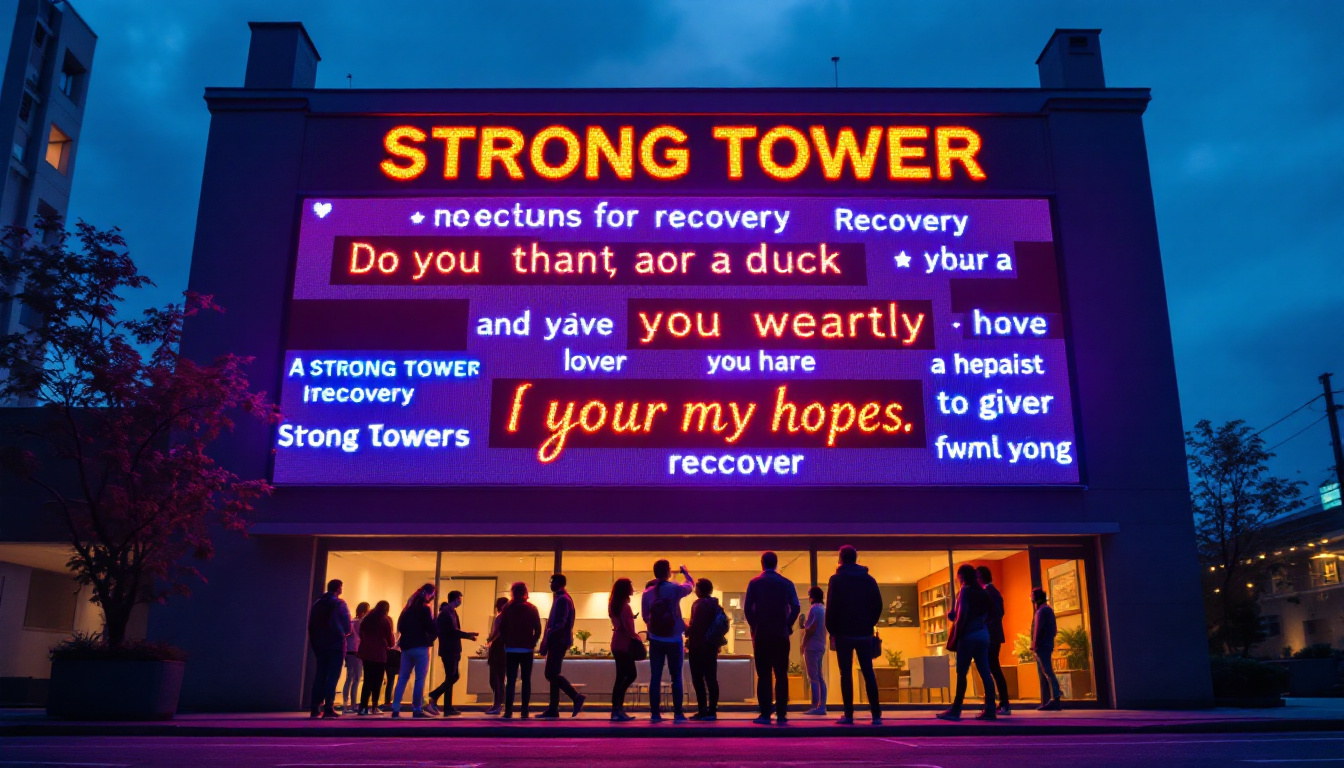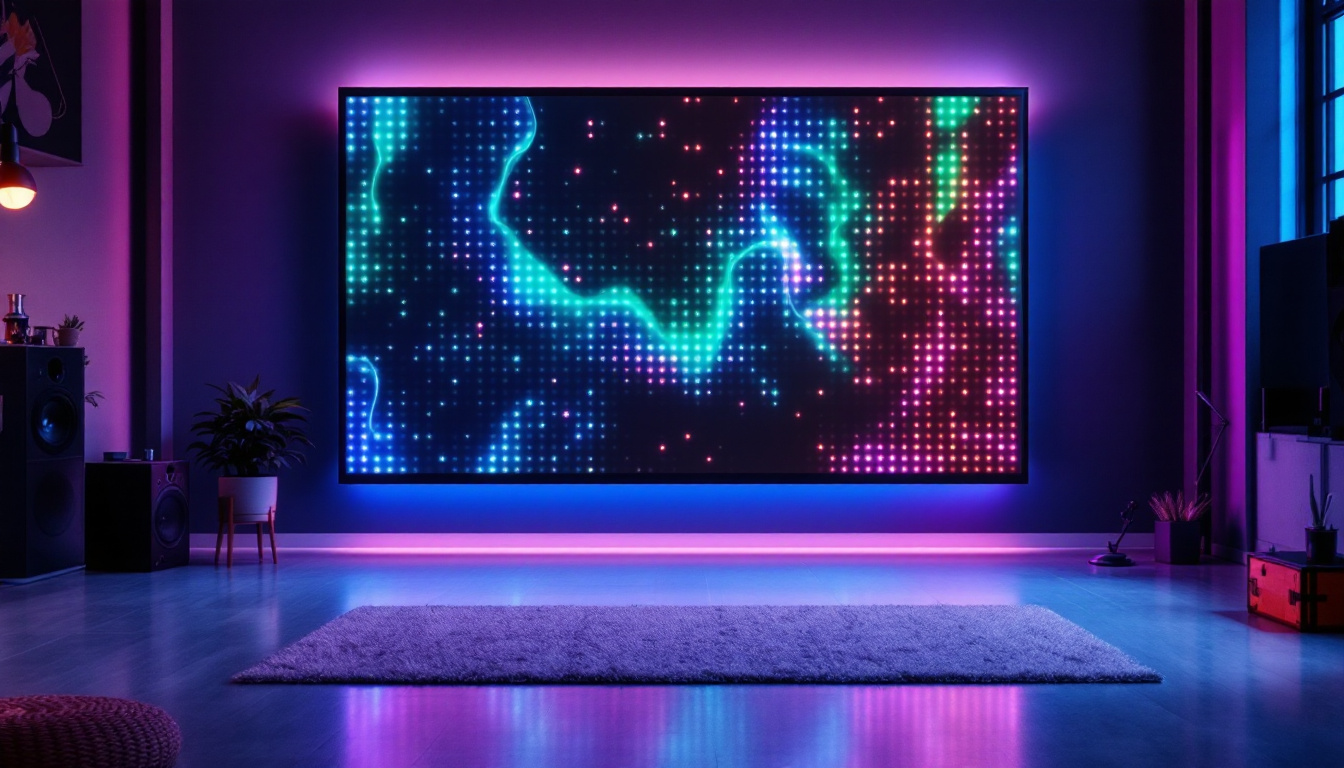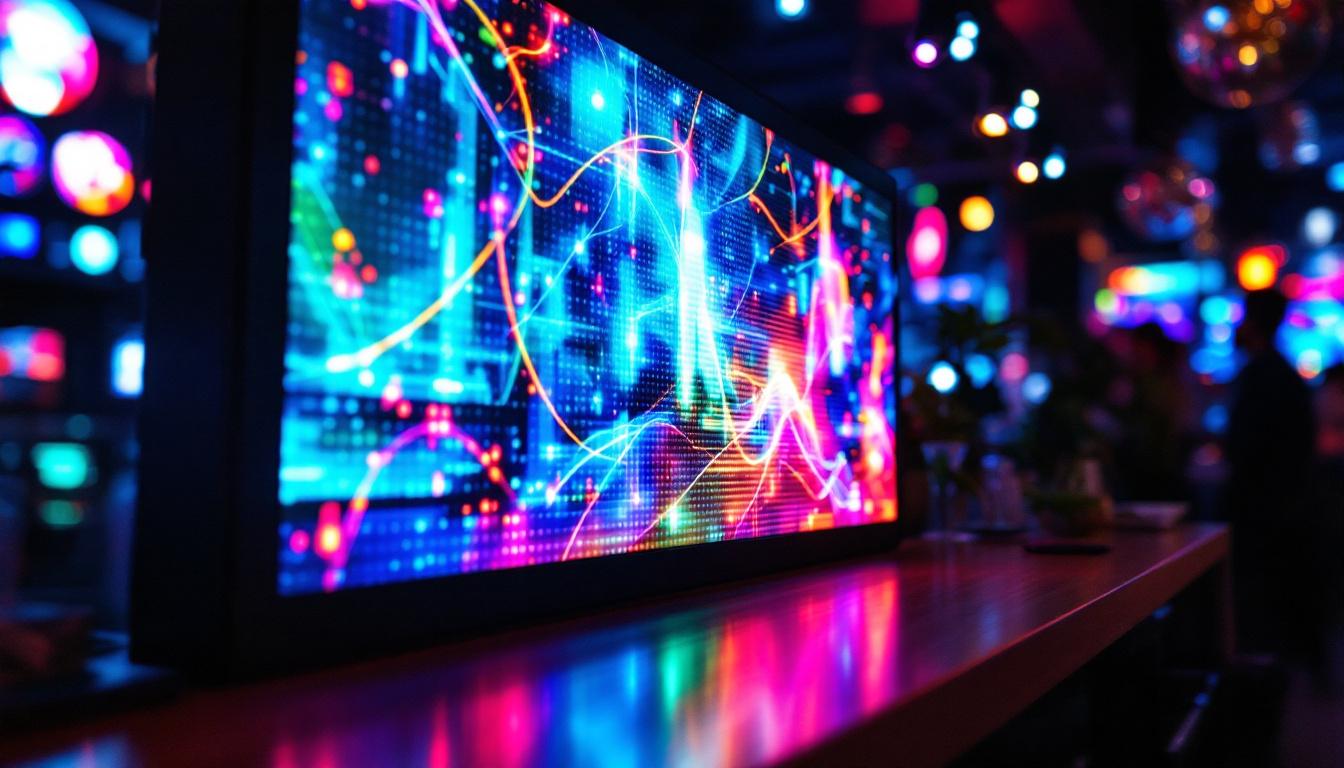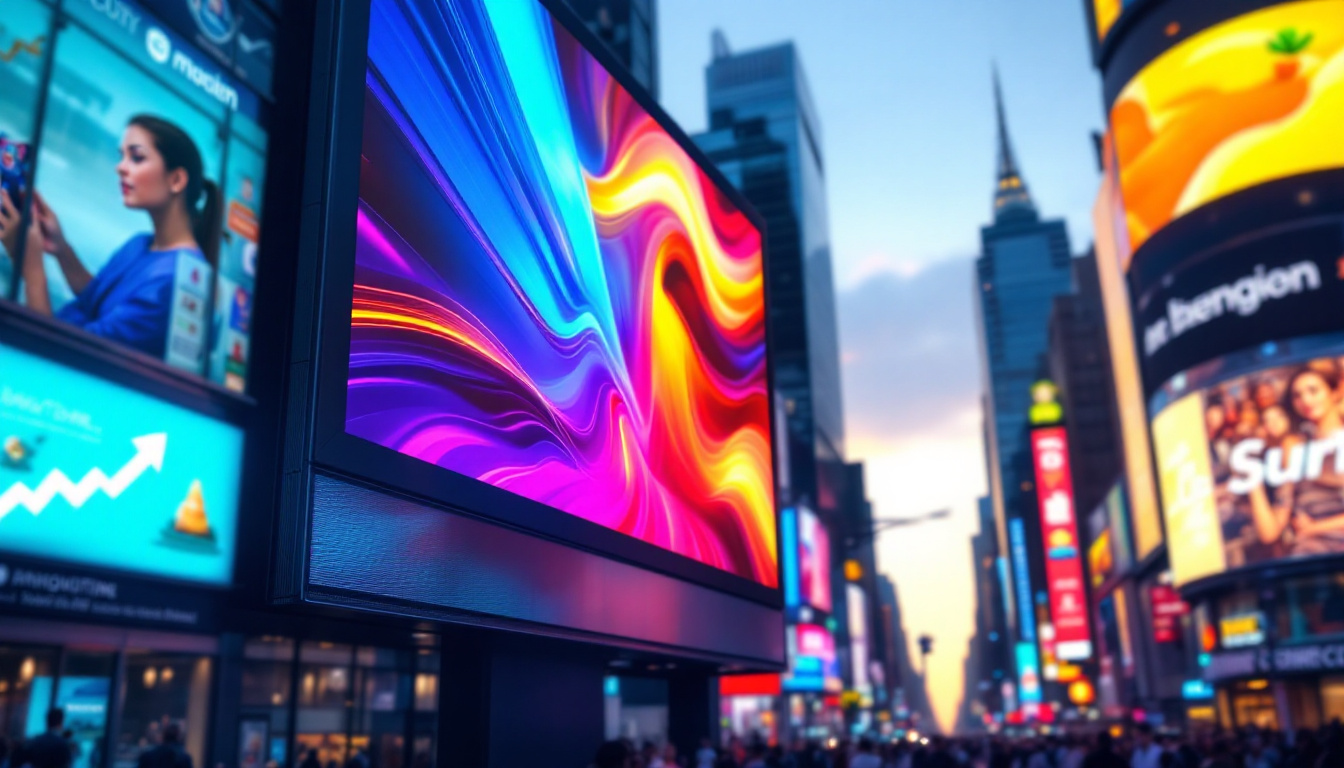Understanding measurements is crucial in various fields, especially when dealing with technology and design. One common conversion that often arises is the translation of meters into feet and inches. In this article, we will explore the conversion of 1.5 meters into inches and feet, and how this relates to LED displays, which are increasingly used in modern applications.
Understanding the Basics of Measurement
What Are Meters, Feet, and Inches?
Measurements are a way to quantify physical quantities. The meter is a standard unit of length in the International System of Units (SI), widely used across the globe. Conversely, feet and inches are part of the imperial system, primarily used in the United States and a few other countries. One meter equals approximately 3.28084 feet, and there are 12 inches in a foot.
These different systems can sometimes create confusion, especially in fields like engineering, architecture, and design, where precise measurements are critical. Knowing how to convert between these units is essential for ensuring accuracy in projects that involve international collaboration or standards. For instance, when designing a building that will be constructed in a country that uses the metric system, architects must be adept at converting their designs from feet and inches to meters to ensure that all specifications are met accurately. This necessity underscores the importance of understanding both measurement systems and their applications in various professional fields.
Conversion of Meters to Feet and Inches
To convert meters to feet and inches, one must first understand the conversion factors. As mentioned earlier, 1 meter is approximately equal to 3.28084 feet. Therefore, to convert 1.5 meters to feet, the calculation is straightforward:
1.5 meters × 3.28084 feet/meter = 4.92126 feet
To express this in feet and inches, it is necessary to separate the decimal part. The whole number part, 4, represents the feet, while the decimal part, 0.92126, needs to be converted into inches. Since there are 12 inches in a foot, the calculation is:
0.92126 feet × 12 inches/foot = 11.05512 inches
Therefore, 1.5 meters is equivalent to approximately 4 feet and 11 inches. This method of conversion can be applied to any measurement in meters, allowing for a seamless transition between the metric and imperial systems. It’s also worth noting that in practical applications, such as when measuring furniture or room dimensions, rounding to the nearest inch is common, which can simplify the process for everyday use. This is particularly useful for DIY enthusiasts and homeowners who may not require the precision that professionals demand but still want to ensure that their projects fit well within their spaces.
Applications of Measurements in LED Displays
Why Measurements Matter in LED Displays
LED displays have become ubiquitous in various sectors, including advertising, entertainment, and information dissemination. Accurate measurements are critical when designing and installing these displays. The size of the display, the viewing distance, and the resolution all depend on precise measurements.
For instance, a display that is too small may not be visible from a distance, while one that is too large can overwhelm the viewer. Thus, understanding the dimensions in both metric and imperial systems is vital for effective communication and design. Furthermore, the brightness and color calibration of LED displays are also influenced by measurements. Properly measured brightness levels ensure that the display is visible in various lighting conditions, enhancing the viewer’s experience and ensuring that the content is delivered as intended.
Common Sizes of LED Displays
LED displays come in various sizes, often measured diagonally. Common sizes include 32 inches, 55 inches, and 75 inches. However, when dealing with larger installations, such as billboards or large screens for events, measurements can be expressed in meters. For example, a display measuring 1.5 meters diagonally can be translated into inches or feet for better understanding among different audiences.
When designing a space that incorporates an LED display, it’s essential to consider the aspect ratio, which is the ratio of the width to the height of the display. This ratio affects how the content is displayed and can impact viewer engagement. For instance, a 16:9 aspect ratio is commonly used for televisions and online videos, making it a familiar format for viewers. Additionally, the pixel pitch, which refers to the distance between the centers of two adjacent pixels, plays a crucial role in determining the display’s resolution and clarity. A smaller pixel pitch results in higher resolution, making it suitable for close viewing distances, such as in retail environments or exhibitions where detailed graphics are essential.
LED Display Specifications and Their Importance
Resolution and Pixel Density
The resolution of an LED display refers to the number of pixels that make up the image. Higher resolutions provide clearer and more detailed images, which is particularly important for applications like advertising and presentations. Pixel density, measured in pixels per inch (PPI), plays a significant role in determining the quality of the display.
When converting measurements, it’s crucial to consider how the size of the display affects its resolution. For instance, a 1.5-meter display may have different resolutions depending on its intended use. A display meant for close viewing, such as in a retail environment, will require a higher pixel density than one designed for viewing from a distance, like a stadium screen. This is because viewers in close proximity will notice pixelation more easily, making it essential for the display to maintain high clarity to engage customers effectively.
Additionally, the advancements in technology have led to the development of ultra-high-definition (UHD) displays, which boast resolutions of 4K and even 8K. These displays are becoming increasingly popular in both commercial and residential settings, as they provide an immersive viewing experience. The increased pixel density not only enhances image quality but also allows for larger screens without compromising clarity, making them ideal for large venues or events where detail is paramount.
Brightness and Viewing Angles
Brightness is another critical specification for LED displays. Measured in nits, the brightness level determines how visible the display will be in various lighting conditions. A display that is too dim may not be effective in bright environments, while one that is excessively bright can cause discomfort to viewers. This balance is particularly important in settings like outdoor events, where natural sunlight can wash out images, necessitating displays with higher brightness levels to ensure visibility.
Viewing angles also affect the effectiveness of an LED display. A wider viewing angle ensures that more people can see the content clearly from different positions. This is particularly important for outdoor displays, where viewers may be positioned at various angles. Technologies such as in-plane switching (IPS) and advanced optical coatings have been developed to enhance viewing angles, allowing for consistent color and brightness across a wider field. Furthermore, this capability is essential for applications like public information displays and large-scale advertising, where maximizing audience reach is crucial for effectiveness.
Moreover, the integration of adaptive brightness technology has become a game-changer in LED displays. This feature allows the display to automatically adjust its brightness based on ambient light conditions, ensuring optimal visibility at all times. Such advancements not only improve user experience but also contribute to energy efficiency, making modern LED displays more sustainable and cost-effective over time.
Choosing the Right LED Display for Your Needs
Assessing Your Requirements
When selecting an LED display, it is essential to assess the specific needs of the application. Factors such as the intended audience, the environment in which the display will be placed, and the type of content that will be shown all influence the choice of display.
For example, a retail store may require a high-resolution display with vibrant colors to attract customers, while a conference room may prioritize a display with excellent viewing angles for presentations. Understanding these requirements will guide the selection process and ensure that the chosen display meets the desired objectives.
Budget Considerations
Budget is another crucial factor when selecting an LED display. Prices can vary significantly based on size, resolution, and additional features such as touch capability or interactivity. It is essential to balance quality and cost to find a display that meets both performance and financial constraints.
Investing in a high-quality display can yield long-term benefits, such as increased engagement and improved viewer experience. However, it is equally important to ensure that the investment aligns with the overall budget for the project.
Installation and Maintenance of LED Displays
Installation Best Practices
Proper installation is vital for the optimal performance of LED displays. The installation process should consider factors such as the mounting structure, electrical requirements, and environmental conditions. For instance, outdoor displays must be weatherproofed to withstand the elements, while indoor displays may require different mounting solutions.
Additionally, the height and angle at which the display is mounted can significantly impact visibility. Ensuring that the display is positioned at an appropriate height and angle will enhance viewer engagement and effectiveness.
Maintenance and Care
Regular maintenance is essential to keep LED displays functioning optimally. This includes cleaning the display surface, checking for loose connections, and ensuring that the software is up to date. Neglecting maintenance can lead to reduced performance and, ultimately, costly repairs.
Establishing a maintenance schedule can help prevent issues before they arise. This proactive approach not only extends the lifespan of the display but also ensures that it continues to deliver high-quality content to viewers.
Conclusion
Understanding the conversion of 1.5 meters into inches and feet is just one aspect of working with LED displays. Accurate measurements, specifications, and installation practices are all crucial for ensuring that displays function effectively in their intended environments. By considering factors such as resolution, brightness, and maintenance, users can select and maintain LED displays that meet their needs and enhance viewer engagement.
As technology continues to evolve, the importance of precise measurements and specifications will only grow. Whether in advertising, education, or entertainment, LED displays will remain an integral part of how information is conveyed, making understanding these concepts essential for success in any related field.
Discover LumenMatrix LED Display Solutions
Ready to elevate your space with unparalleled visual impact? LumenMatrix is at the forefront of LED display innovation, offering a diverse range of solutions tailored to your unique needs. From vibrant Indoor and Outdoor LED Wall Displays to dynamic Vehicle and Sports LED Displays, our technology is designed to captivate and engage your audience. Experience the future of visual communication with our Custom, All-in-One, and Transparent LED Displays, each crafted to deliver your message with precision and flair. Don’t just take our word for it; check out LumenMatrix LED Display Solutions today and see how we can transform your visual storytelling.

